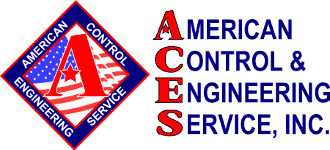THE MYSTERY
A manufacturer of industrial packaging systems such as barrels and drums owned a bead expander that kept faulting. The ACES’ CSI (Control Systems Operator) initially worked with the customer over the phone to identify a bad motion card as the likely suspect.
THE CLUES
The customer attempted to replace the motion card, but upon installation the card showed an error. ACES traveled to the site and determined that the firmware needed to be upgraded. He connected to the PLC and attempted to upload the new firmware — but installation failed. As often happens, this turned the card into what’s technically known as a “paperweight.”
The CSI returned the card to the factory. In the meantime, since the nearest replacement card was one or two days away, the CSI furthered his investigation, to confirm the initial assessment of the faulty motion card.
First, he checked both sides of the string encoder signals, and discovered there was signal on only one side. He bypassed the card entirely using a 1.5 volt battery to source the solenoid and move the heads. This worked, so he deduced that the heads and solenoid were fine.
THE PERP
The CSI was getting signals from both string encoders at the wiring, but the PLC wasn’t receiving it on channel 1, and that confirmed the initial assessment of the bad motion card.
THE SOLUTION
While waiting for the new card, the CSI sourced a temporary card in ACES’ stockroom, loaded it up with current firmware and installed it in the bead expander — and it took off running. The next day he did the same with a new card and now the customer rolls out the barrels with no interruptions.
The CSI isn’t sure what caused the channel to go bad, but this kind of problem normally happens due to a surge from the encoder. This could result from a surge in the encoder or wiring, or disconnecting the encoder while it is powered up.
